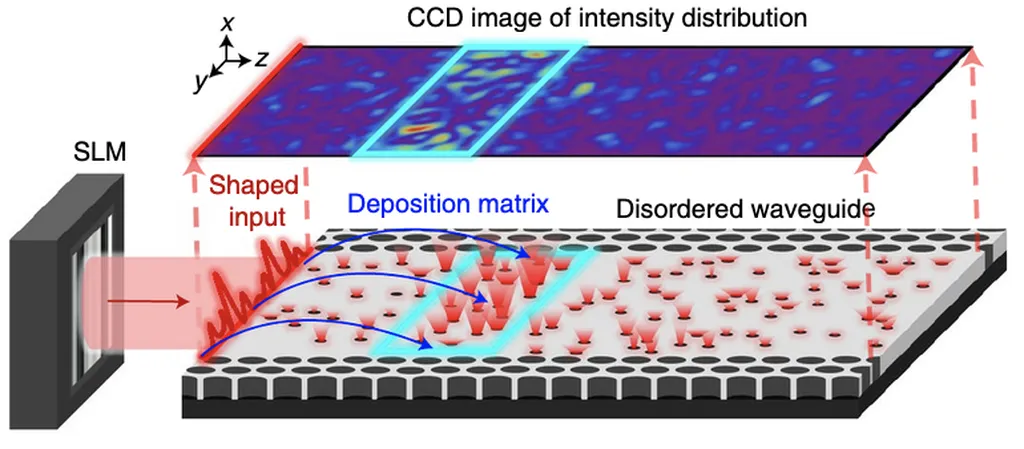In the world of structural engineering, the calculation of thin-walled building structures is a critical task, particularly in the energy sector where precision and efficiency are paramount. A recent study published in the journal “Structural Mechanics of Engineering Constructions and Buildings” (or “Строительная механика инженерных конструкций и сооружений” in Russian) by Vladimir V. Karpov of Saint Petersburg State University of Architecture and Civil Engineering sheds new light on the use of approximating functions in these calculations, offering insights that could revolutionize the field.
Karpov’s research delves into the requirements that approximating functions must meet to ensure accurate calculations. He emphasizes the importance of distinguishing between principal boundary conditions and natural boundary conditions. “The approximating functions must satisfy the principal boundary conditions,” Karpov explains, “while the natural boundary conditions are included in the equilibrium equations and are satisfied automatically when solving a boundary value problem.”
This distinction is crucial because it directly impacts the accuracy of the calculations. Karpov illustrates this point with an example showing the potential errors that can arise from using approximating functions that do not meet the completeness conditions. He also highlights the efficiency of using the Galerkin method, a widely used technique in engineering, when combined with the right approximating functions.
One of the key contributions of Karpov’s work is the use of Legendre orthogonal polynomials to form approximating functions that satisfy both the boundary conditions and the completeness conditions. This approach not only enhances the accuracy of the calculations but also improves the convergence of the solutions, which is a significant advancement in the field.
The implications of this research are far-reaching, particularly for the energy sector. Thin-walled structures are commonly used in energy infrastructure, such as pipelines and wind turbines, where precision in design and calculation is essential for safety and efficiency. By providing a more accurate and efficient method for calculating these structures, Karpov’s research could lead to significant improvements in the design and construction of energy infrastructure.
Moreover, the use of the Galerkin method in conjunction with the right approximating functions could streamline the design process, reducing the time and cost associated with calculations. This could have a substantial commercial impact, making energy projects more feasible and cost-effective.
Karpov’s work also opens up new avenues for future research. The use of Legendre polynomials is just one example of how orthogonal polynomials can be used to form approximating functions. Exploring other types of polynomials and their applications could lead to even more accurate and efficient methods for calculating thin-walled structures.
In conclusion, Vladimir V. Karpov’s research represents a significant step forward in the field of structural engineering. By providing a more accurate and efficient method for calculating thin-walled building structures, his work could have a profound impact on the energy sector and beyond. As the field continues to evolve, the insights gained from this research will undoubtedly play a crucial role in shaping future developments.

